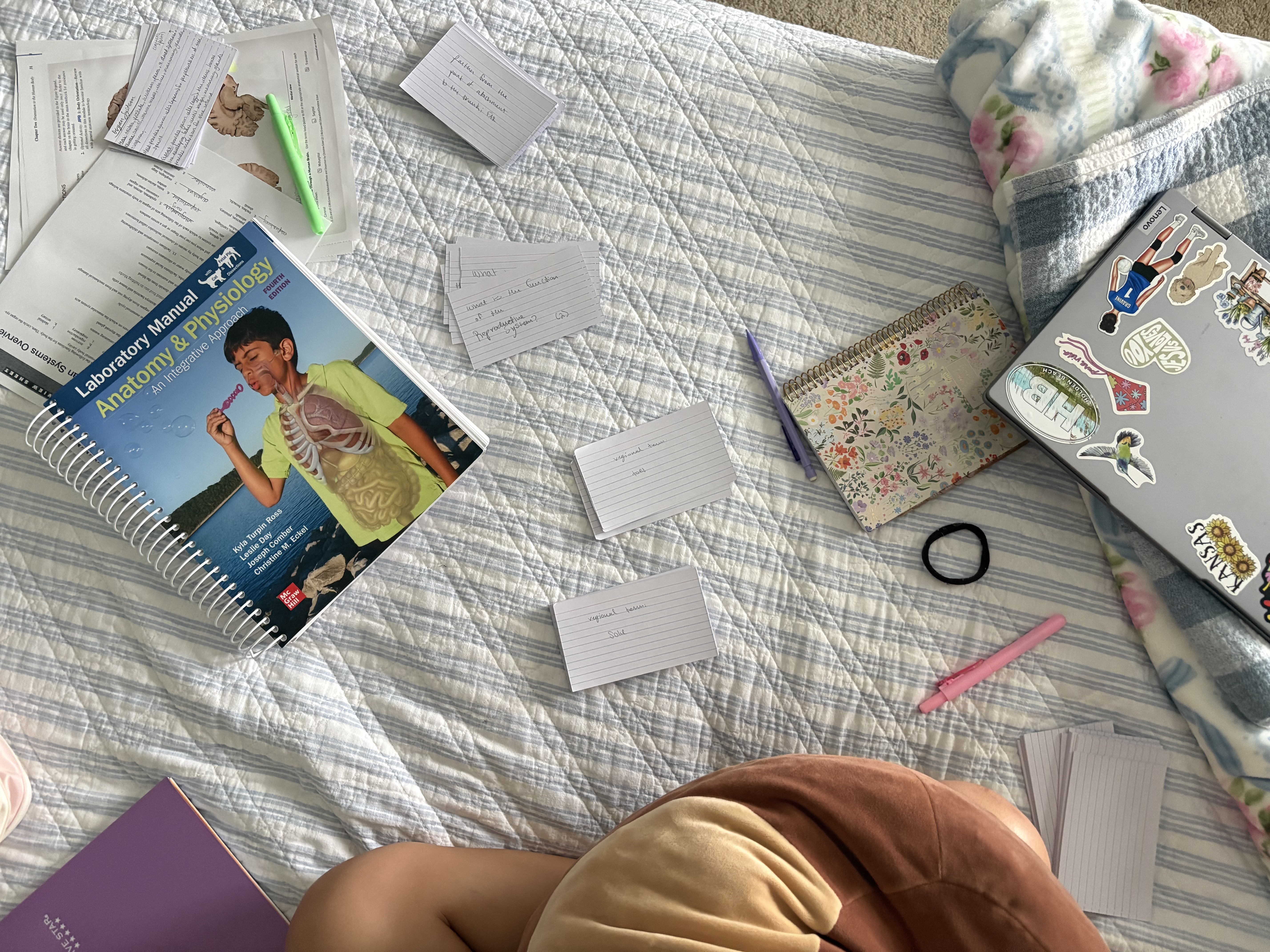A&P 1 functions of organ systems!
1/10
There's no tags or description
Looks like no tags are added yet.
Name | Mastery | Learn | Test | Matching | Spaced |
|---|
No study sessions yet.
11 Terms
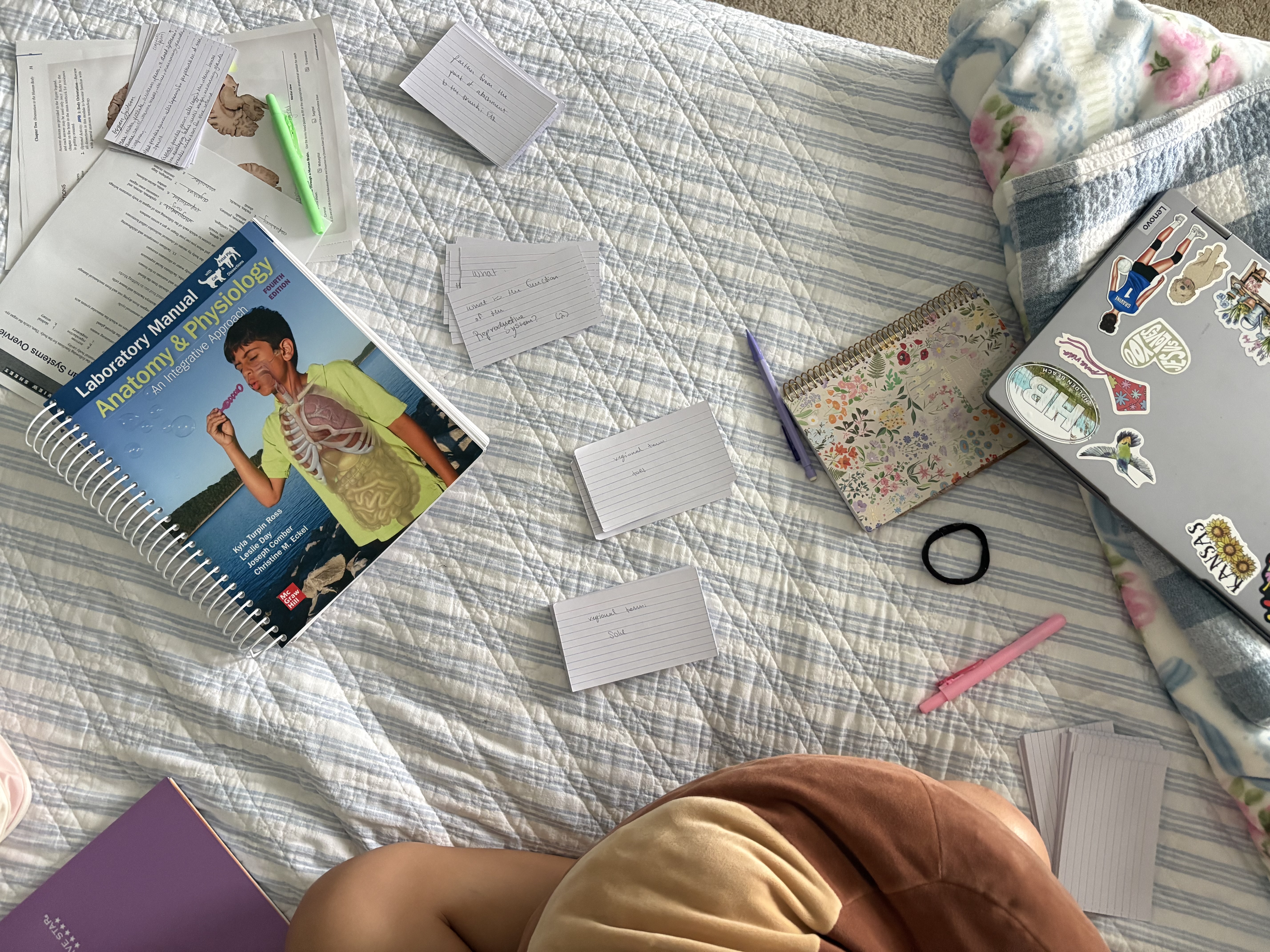
integumentary (skin) system
(4)
it protects deeper organs from mechanical, chemical, and bacterial injury, and keeps them from drying out.
it excretes salts and urea
it aids in body temp regulation
produces vitamin D

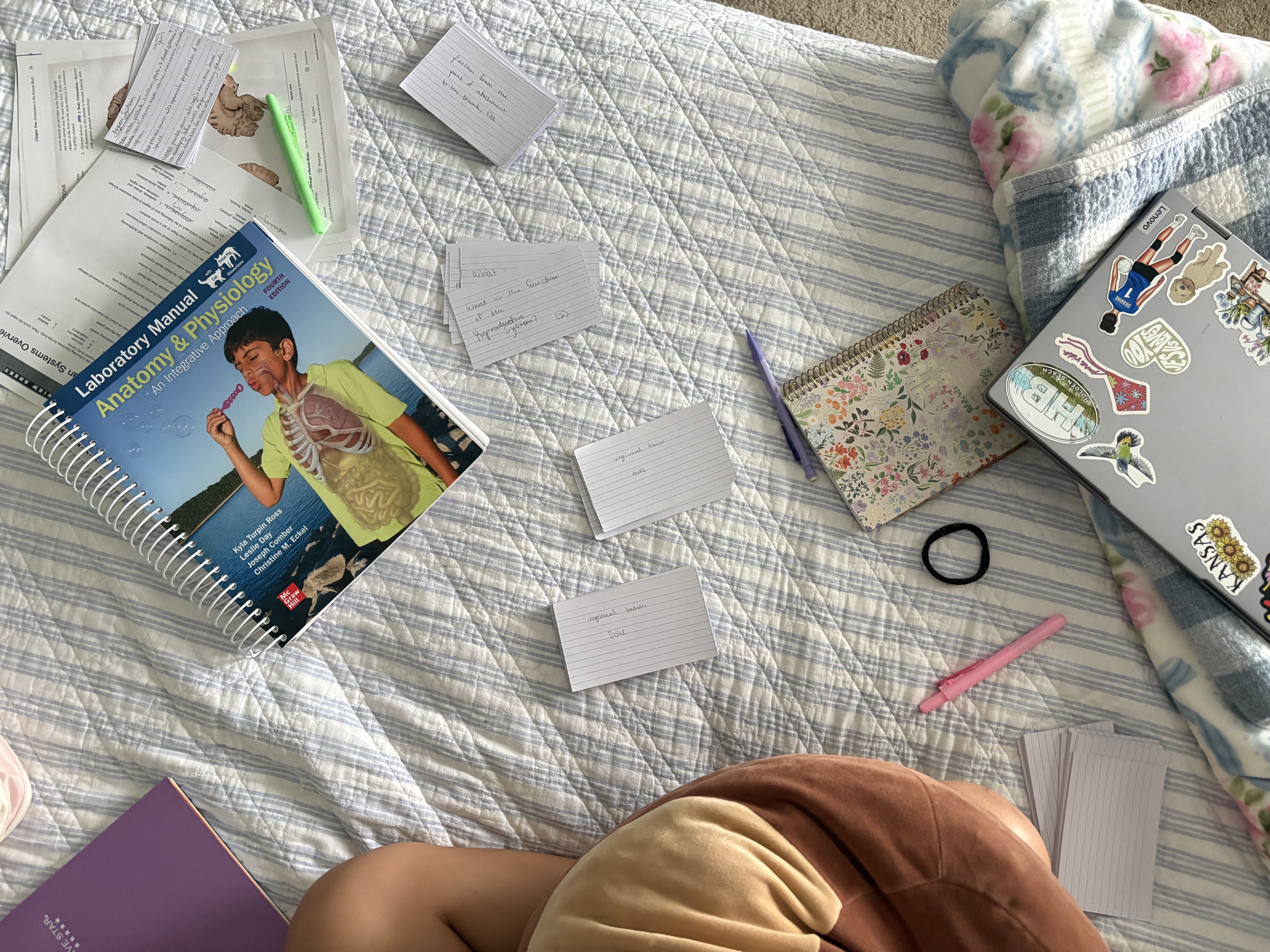
skeletal system
(3)
it provides body support and protection of inner organs
it provides levers for muscular action
it has cavities which provide a site for blood cell reformation
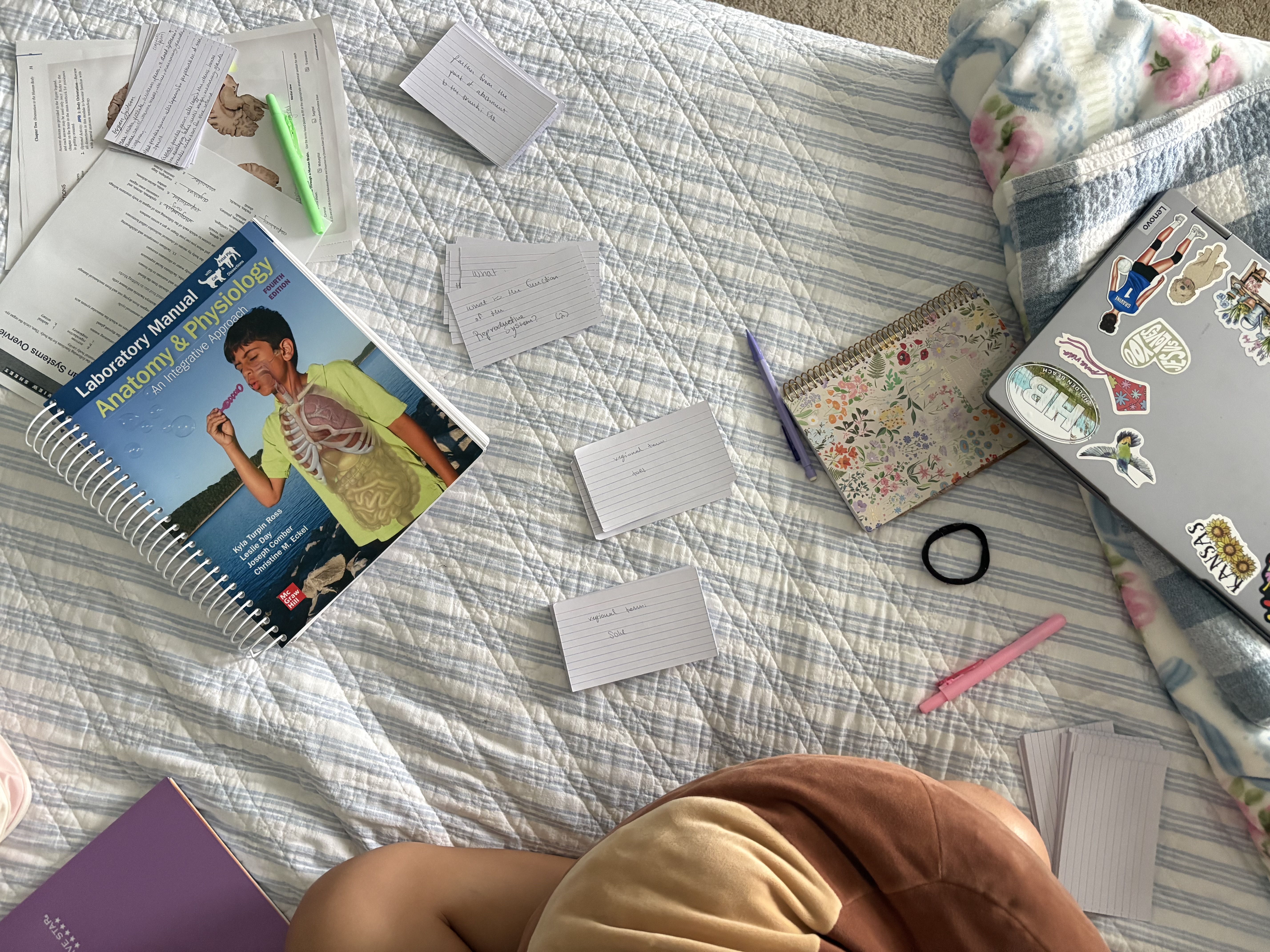
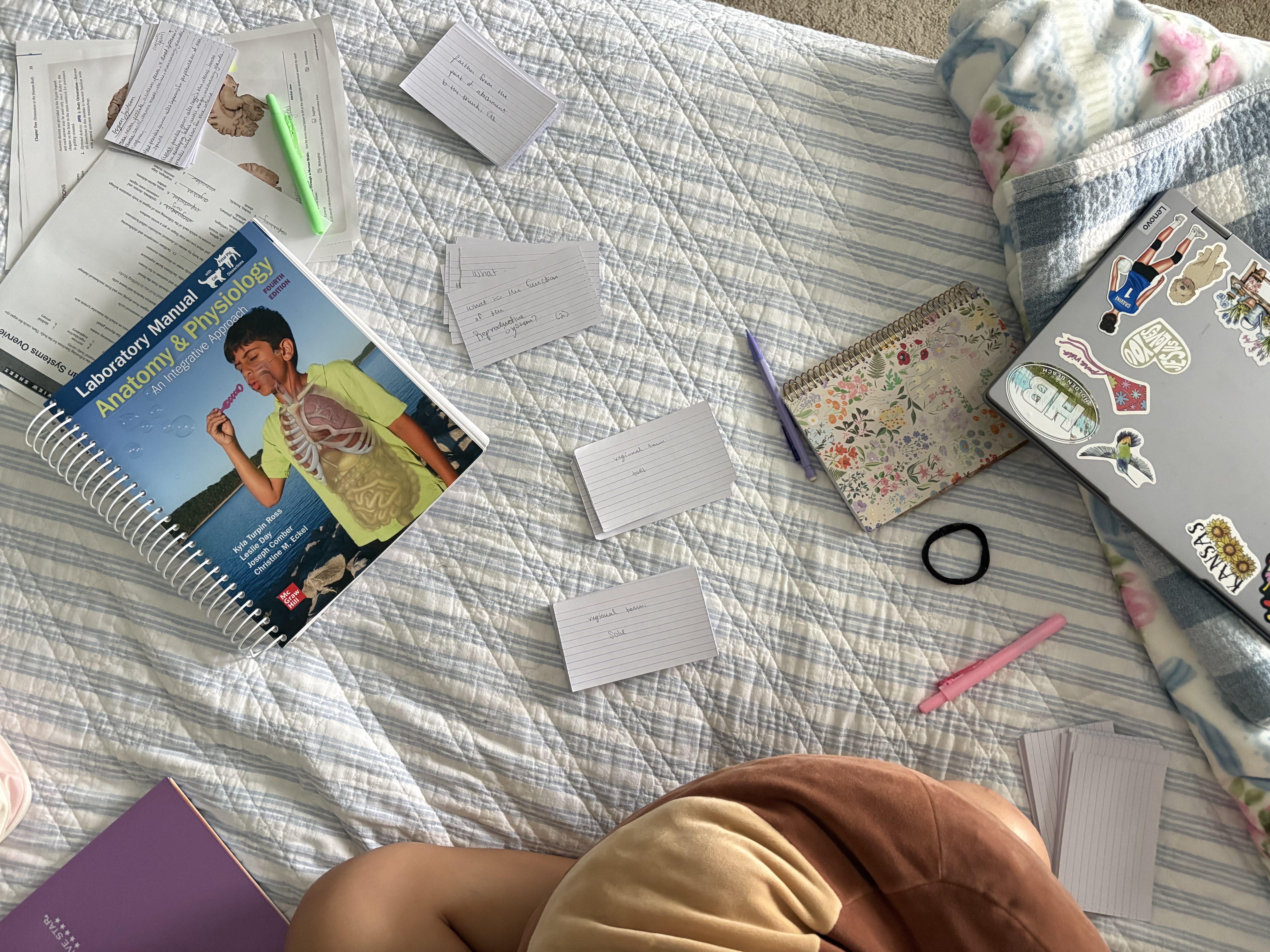
muscular system
(2)
primary function is to contract or shorten to allow locomotion, grasping, manipulation of the environment, and facial expressions.
it also generates heat 🔥
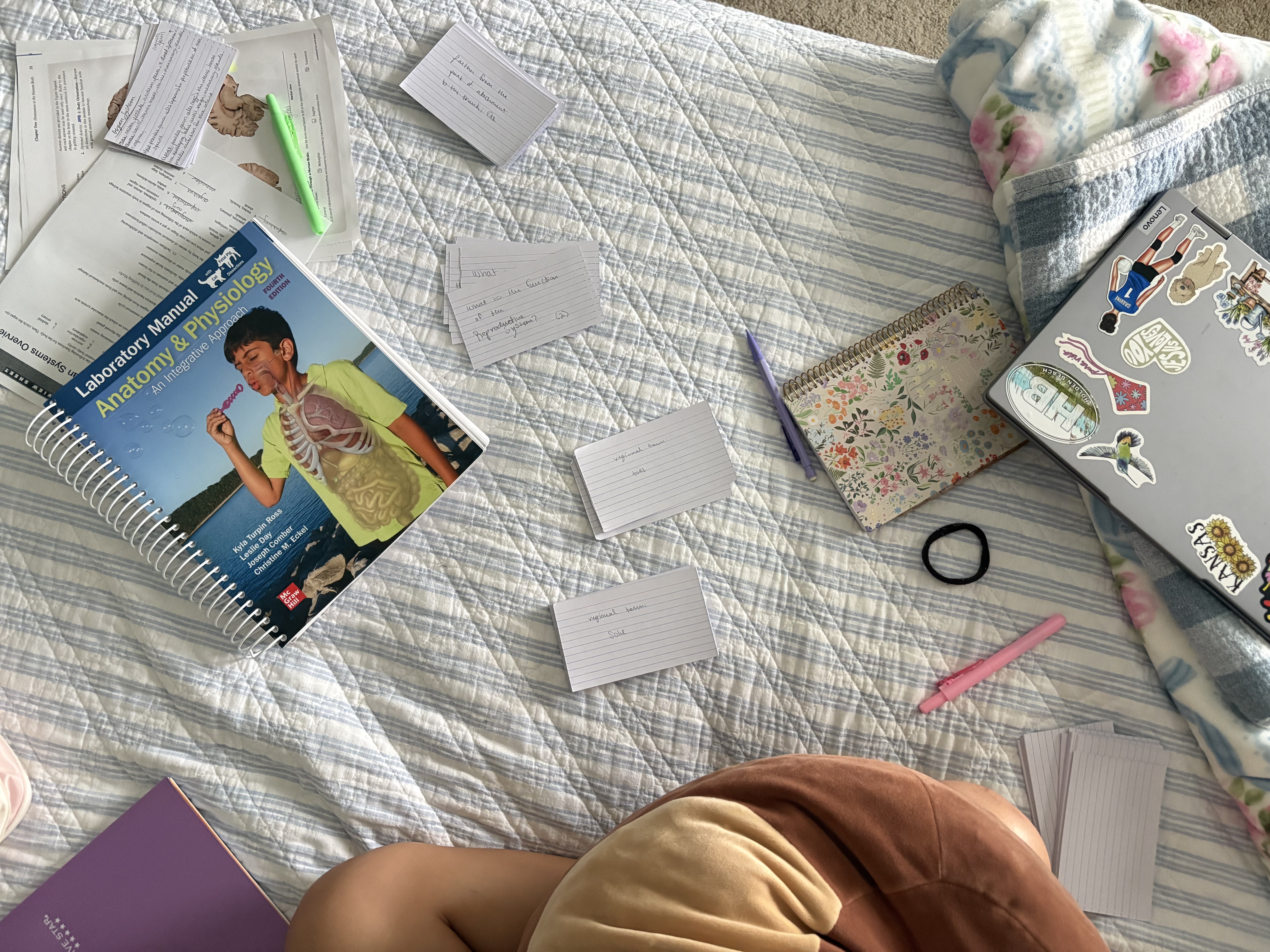

nervous system
(2)
it allows the body to detect changes in our environment (internal and external) and to respond to those changes by activating appropriate muscles and glands.
it helps maintain homeostasis by rapid transmission of electrical signals
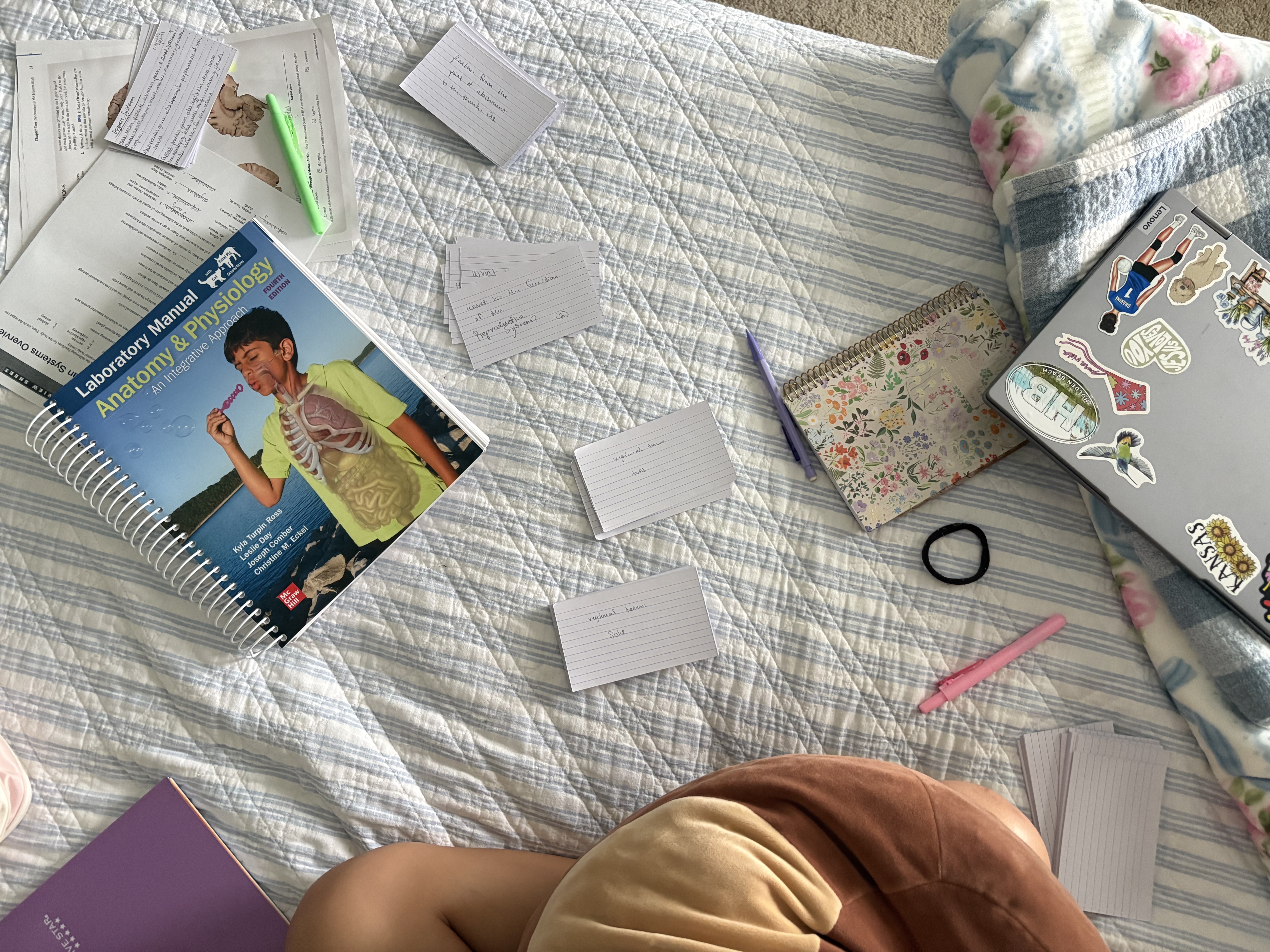
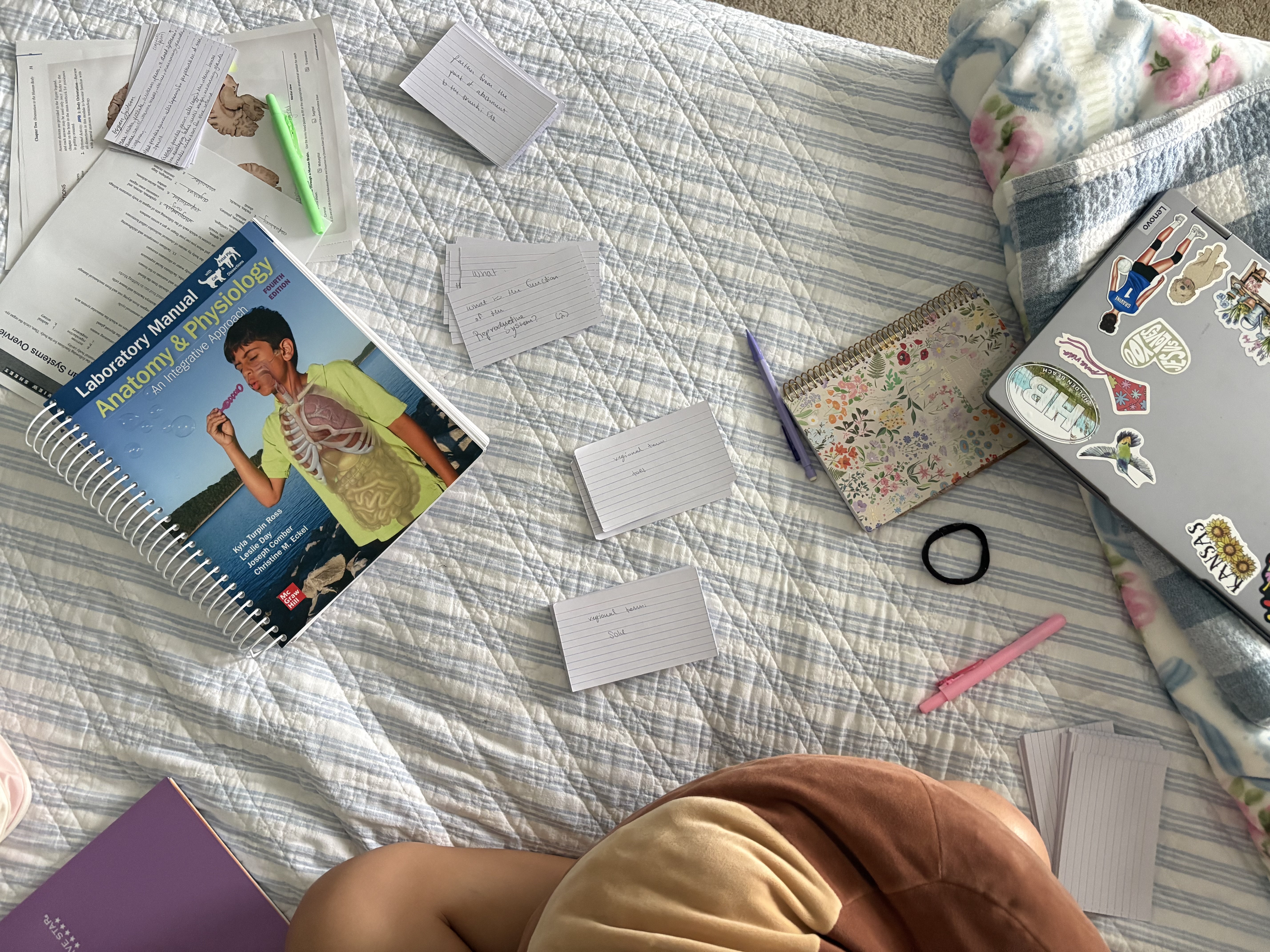
endocrine system
(2)
it helps maintain homeostasis and promotes growth and development
it produces chemical “messengers” or hormones that travel in the blood to exert their effects on various “target organs” of the body
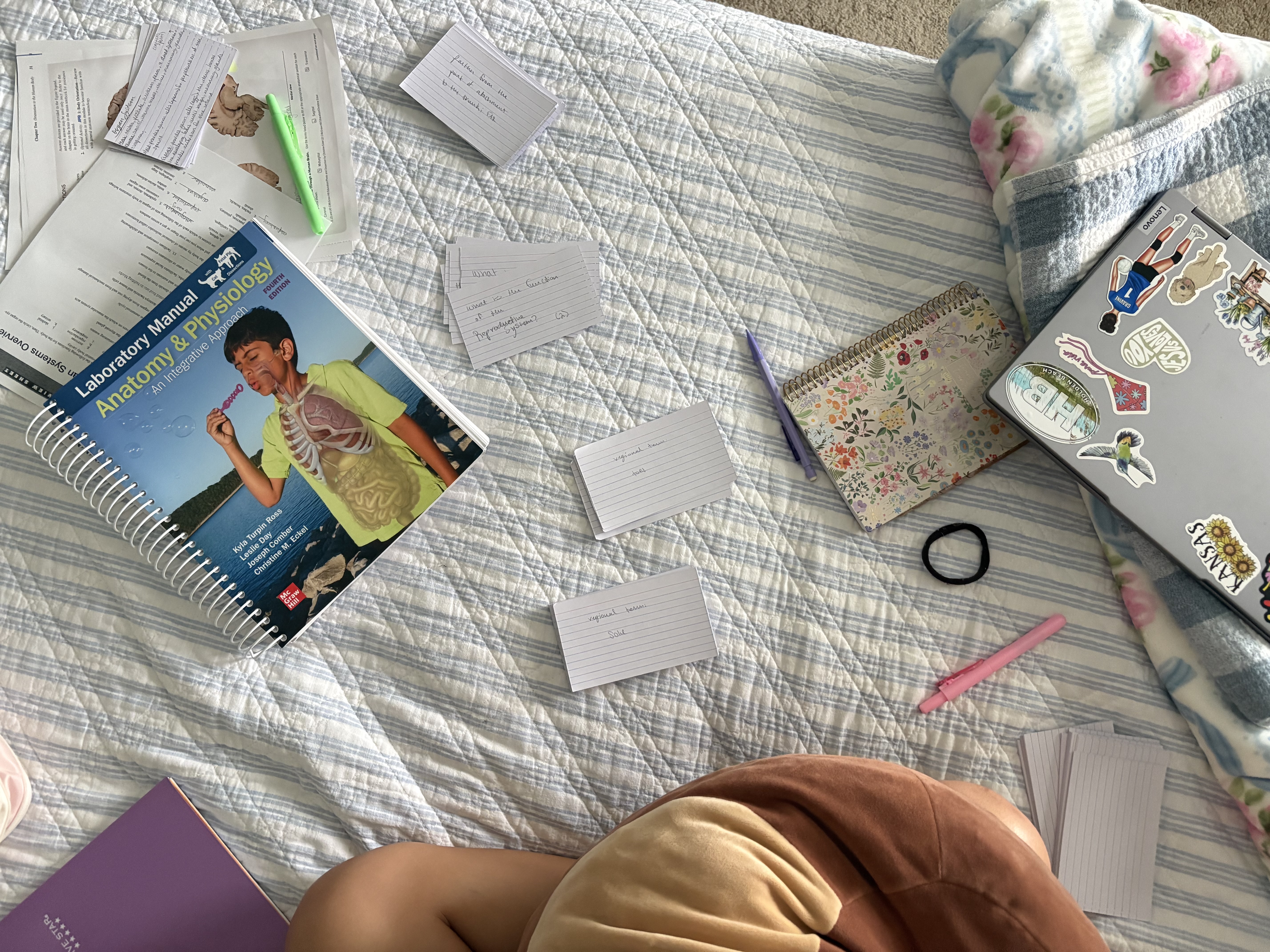
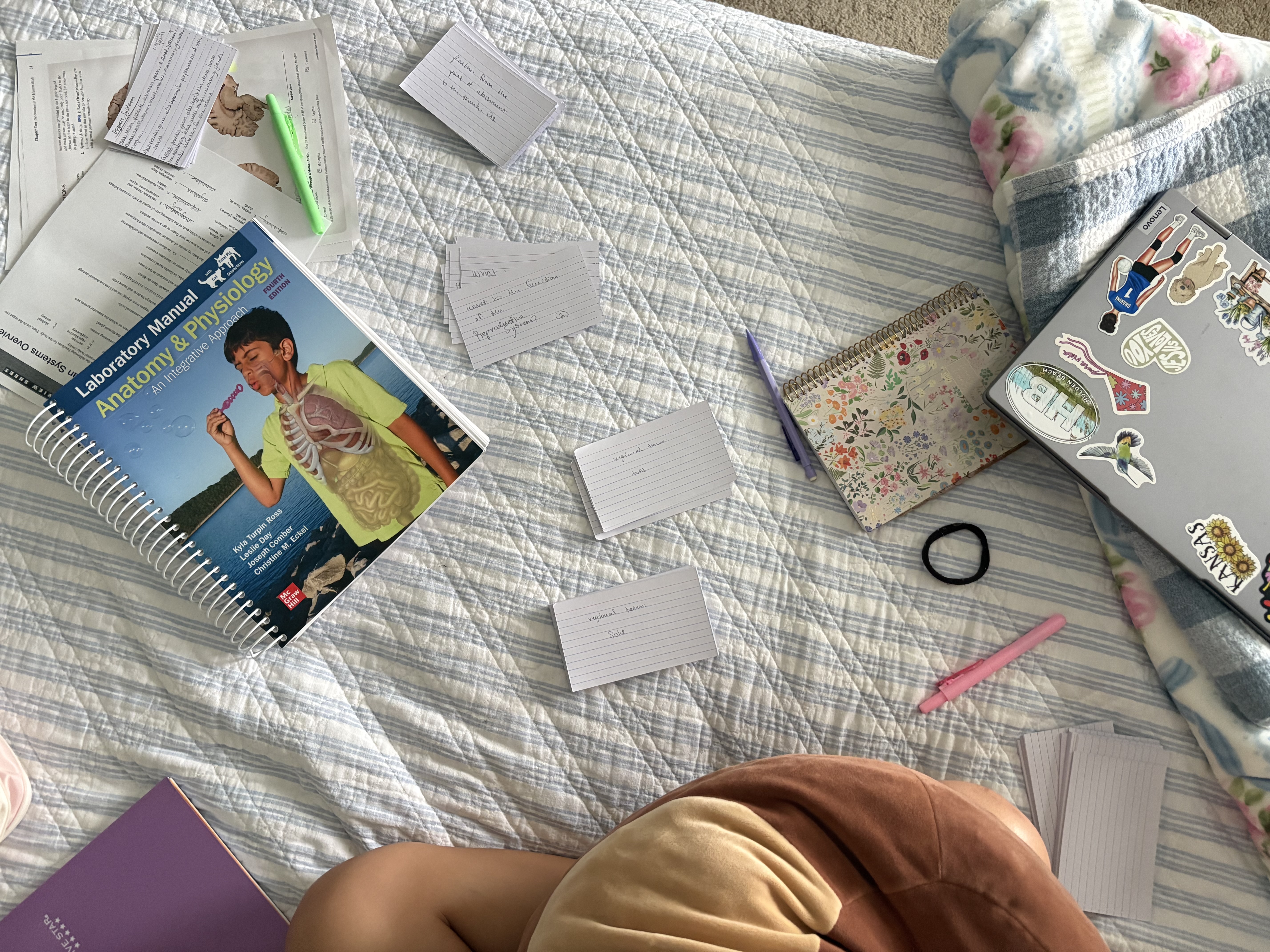
cardiovascular system
(2)
it is a transport system that carries blood containing oxygen, CO2, nutrients, waste, ions, hormones, and other substances to and from (via pumping of the ♡) the tissue cells where exchanges are made
antibodies and other protein molecules in the blood act to protect the body

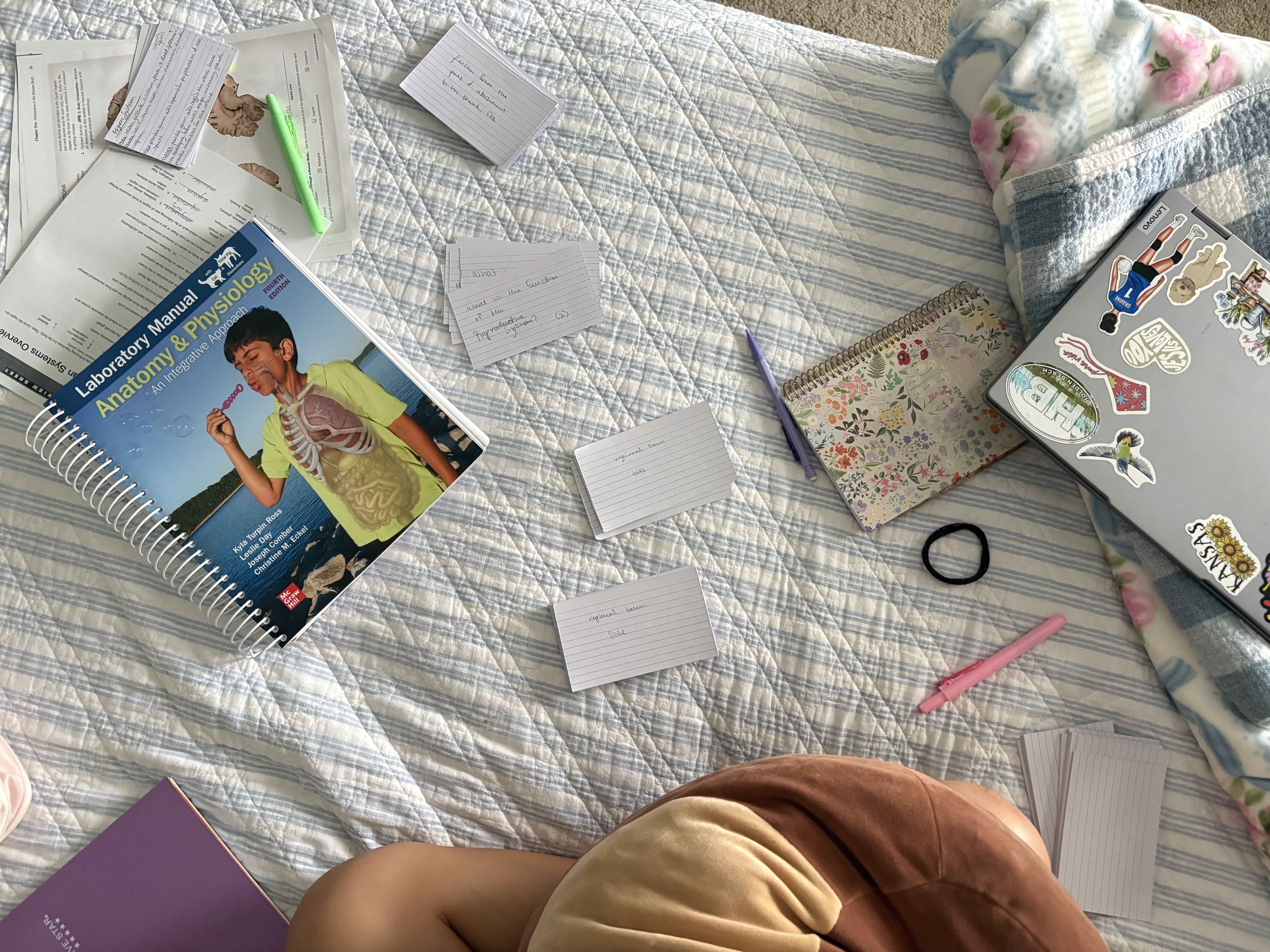
lymphatic (immune) system
(3)
it picks up fluid leaked from the blood vessels and returns it to the blood
it cleanses blood of pathogens and other debris
it houses lymphocytes that act via the immune response to protect the body from antigens
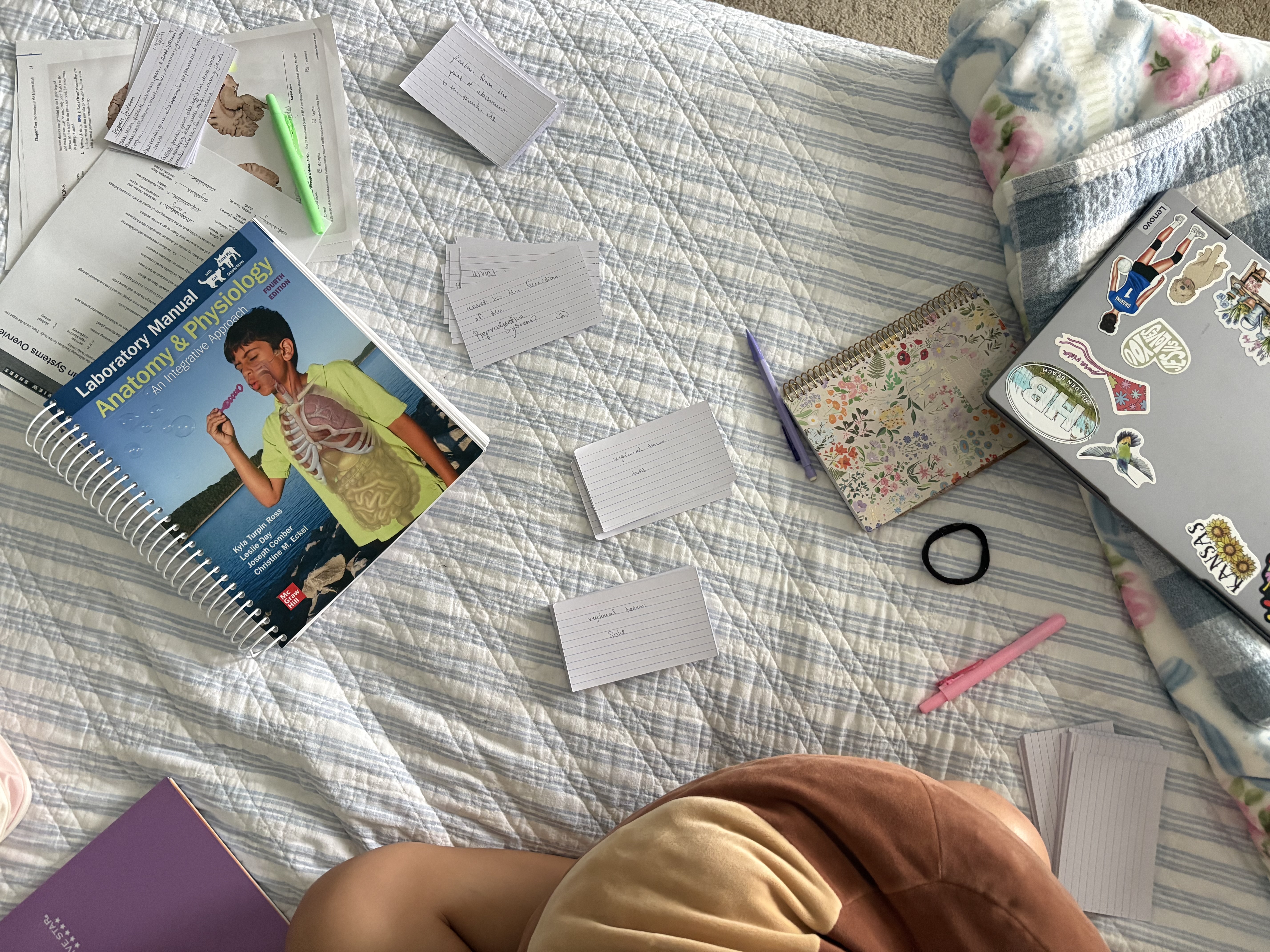
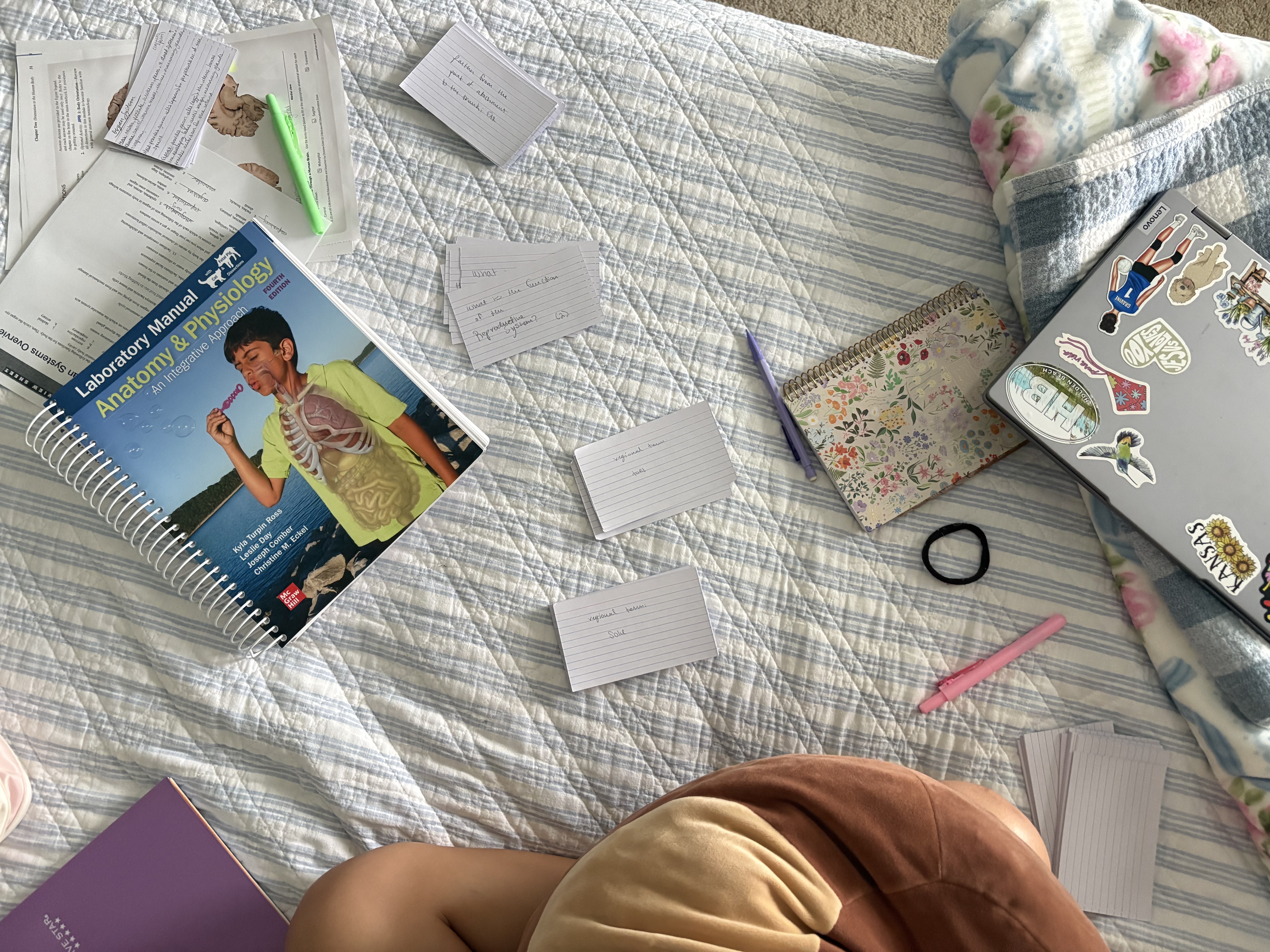
respiratory system
(2)
it keeps the blood continuously supplied with oxygen while removing CO2
it contributes to the acid-base balance of the blood via its carbonic acid-bicarbonate buffer system
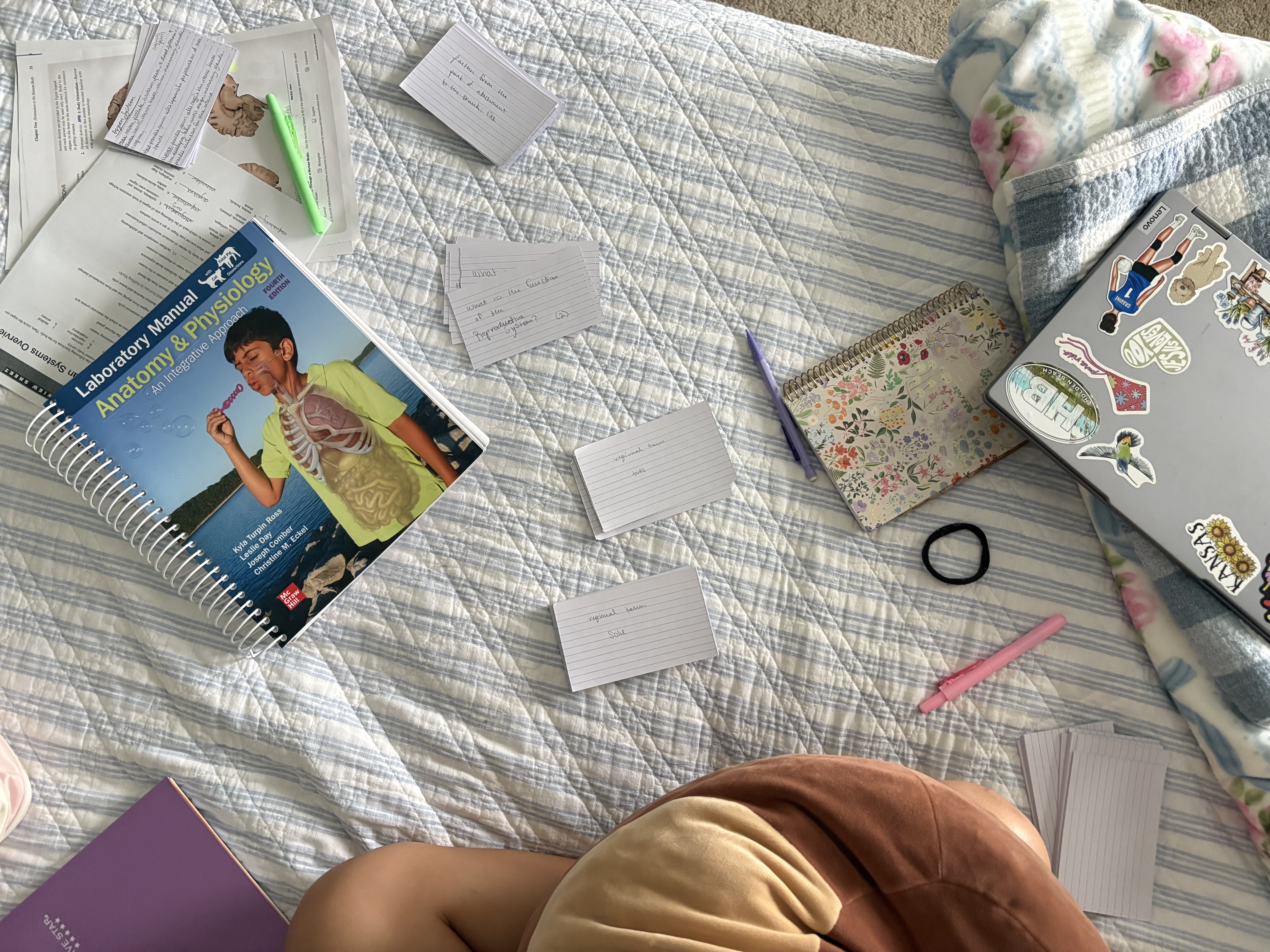
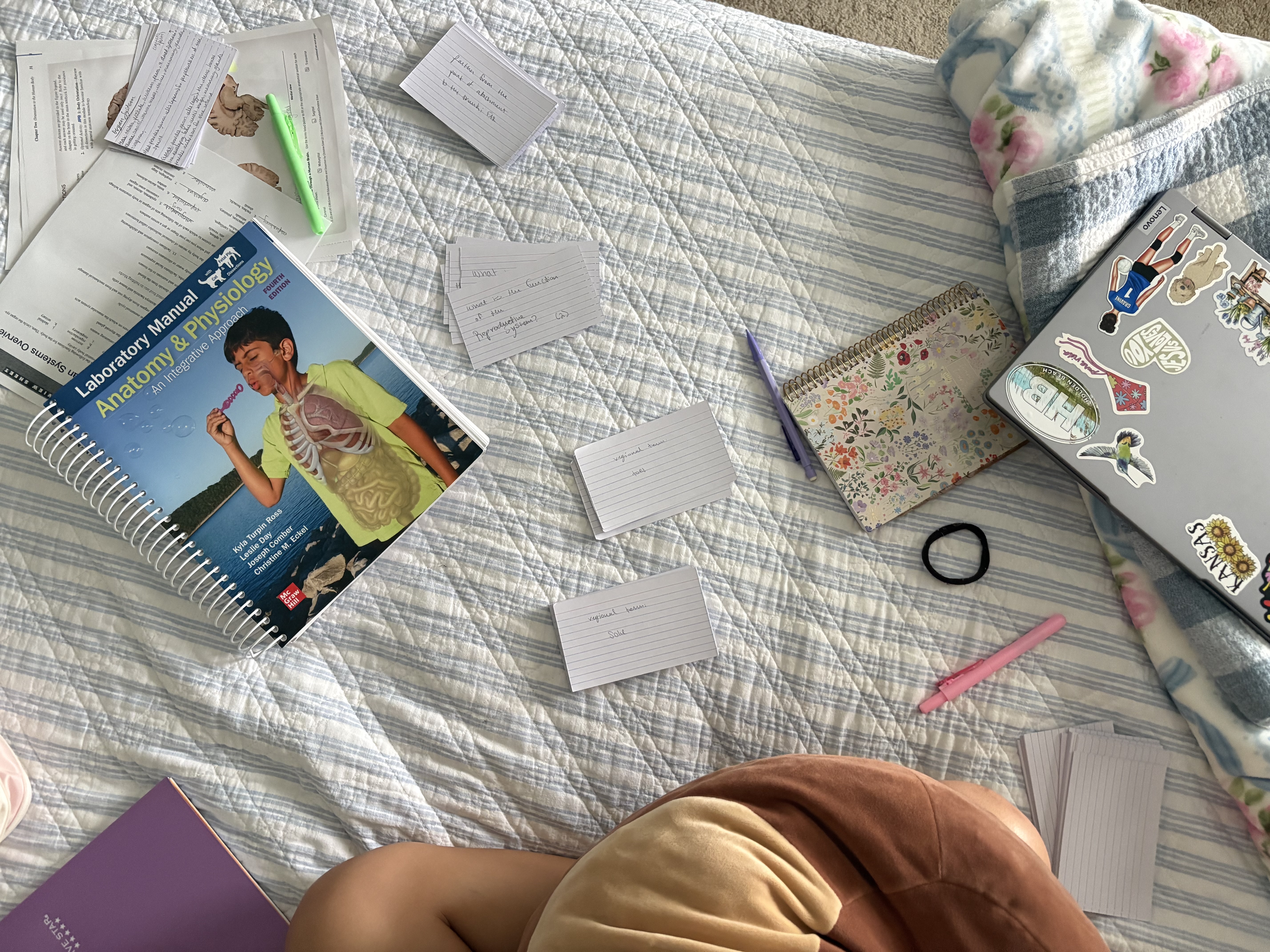
digestive system
(2)
it breaks down ingested food into minute particles which can be absorbed into the blood for delivery to the body cells
undigested residue is removed from the body as feces
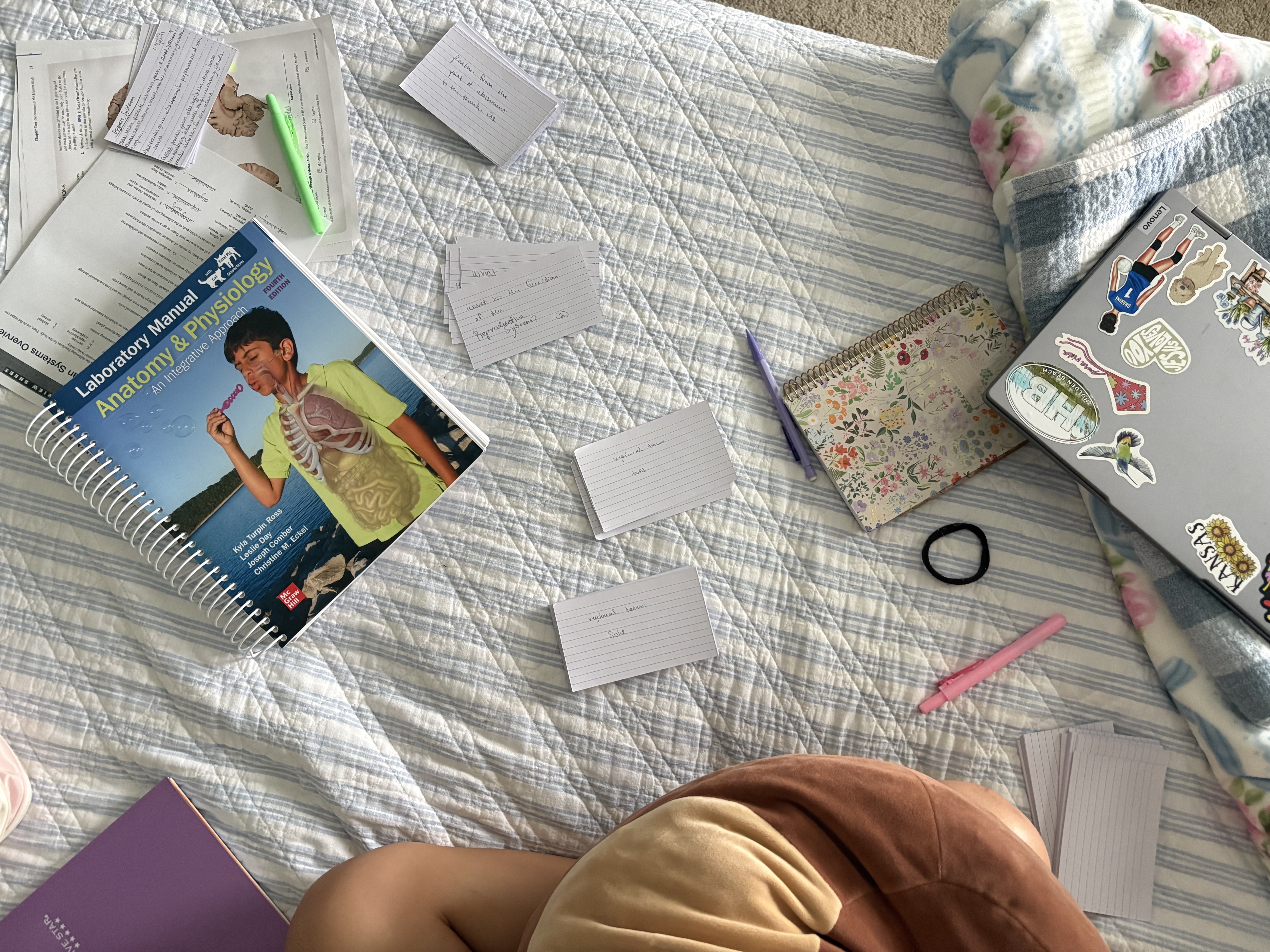
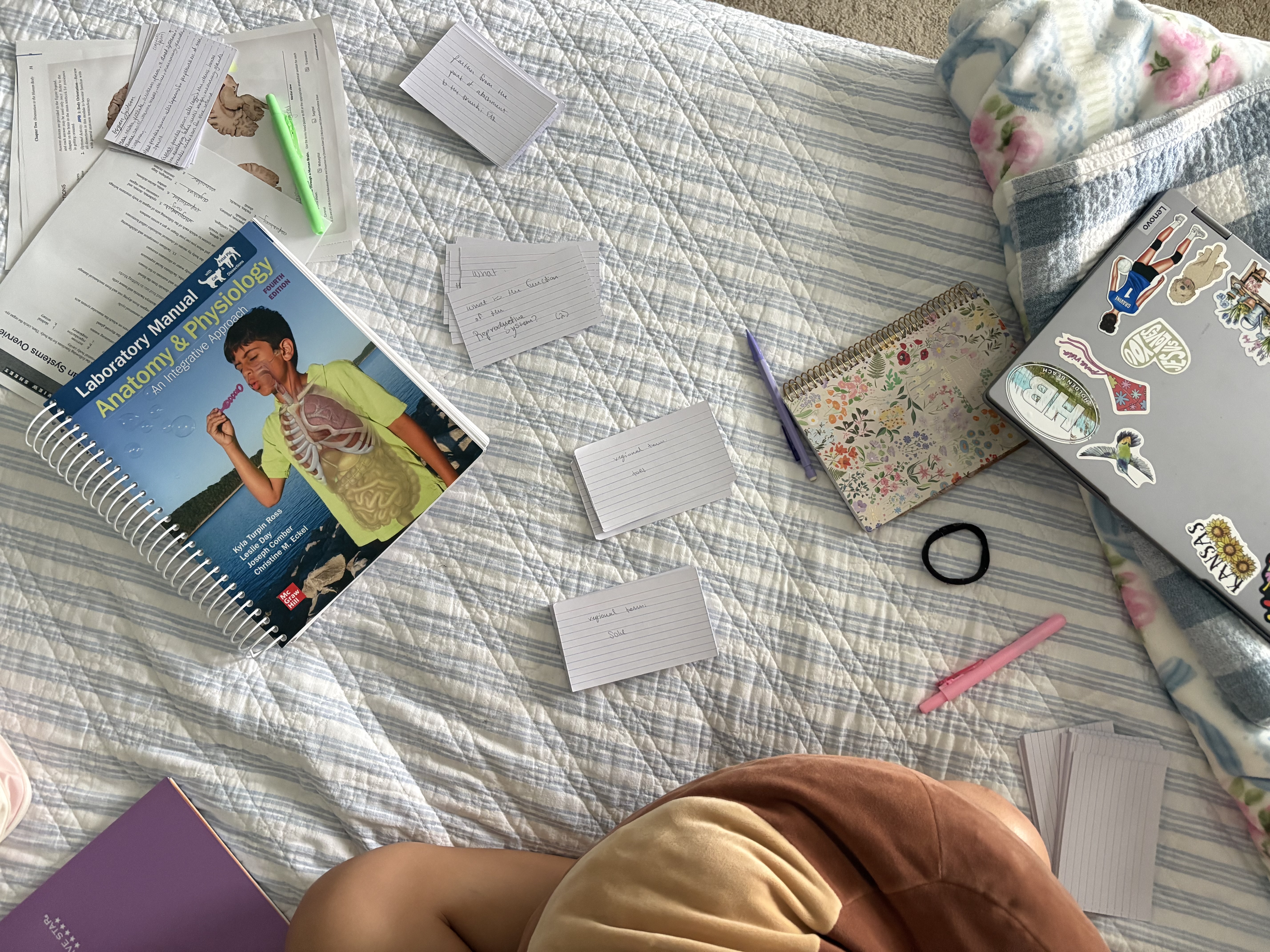
urinary system
(2)
it rids the body of nitrogen-containing wastes (urea, uric acid, ammonia) which result from the breakdown of proteins and nucleic acids by body cells
it maintains water, electrolytes, and acid-base balance of blood
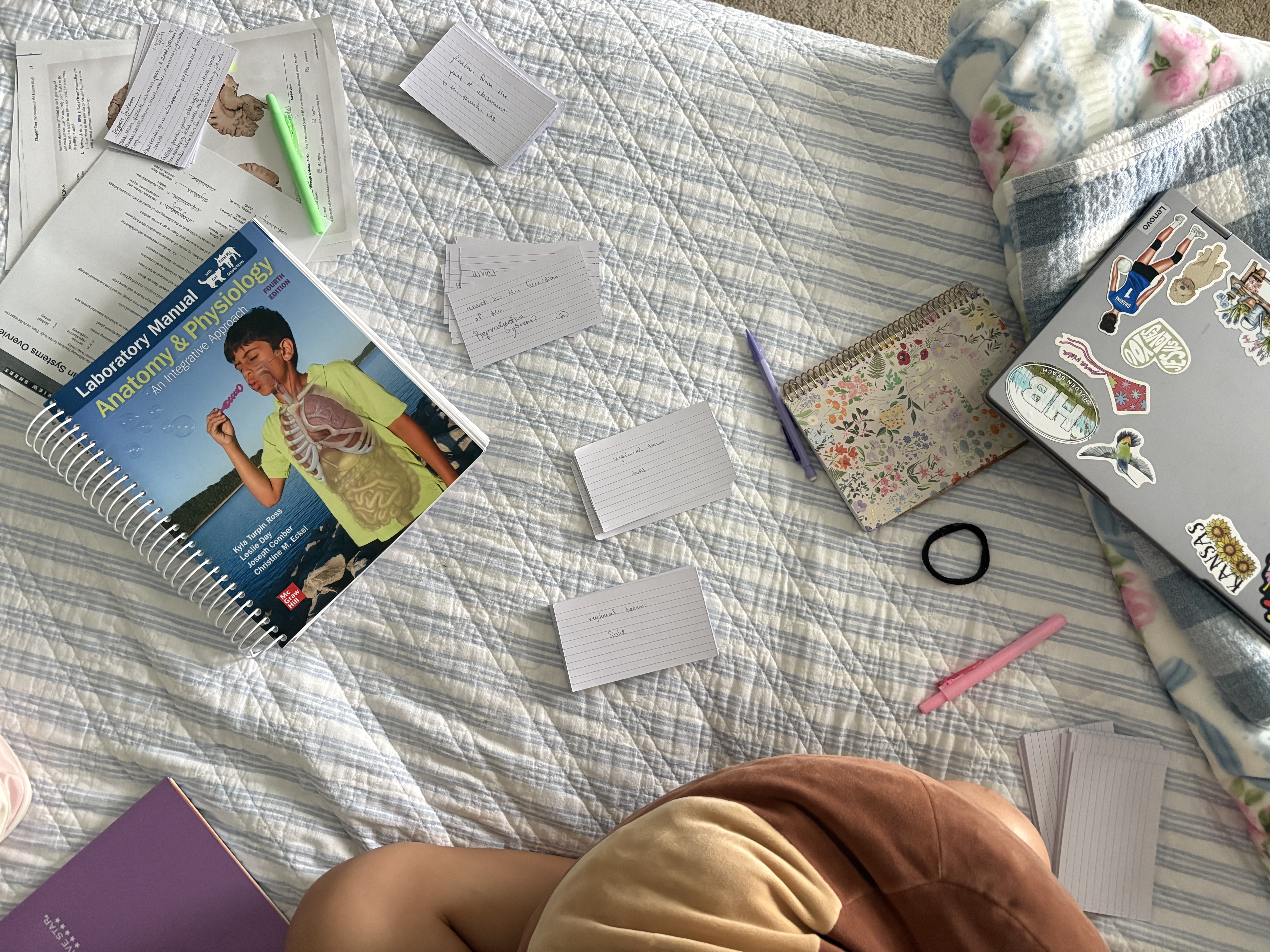
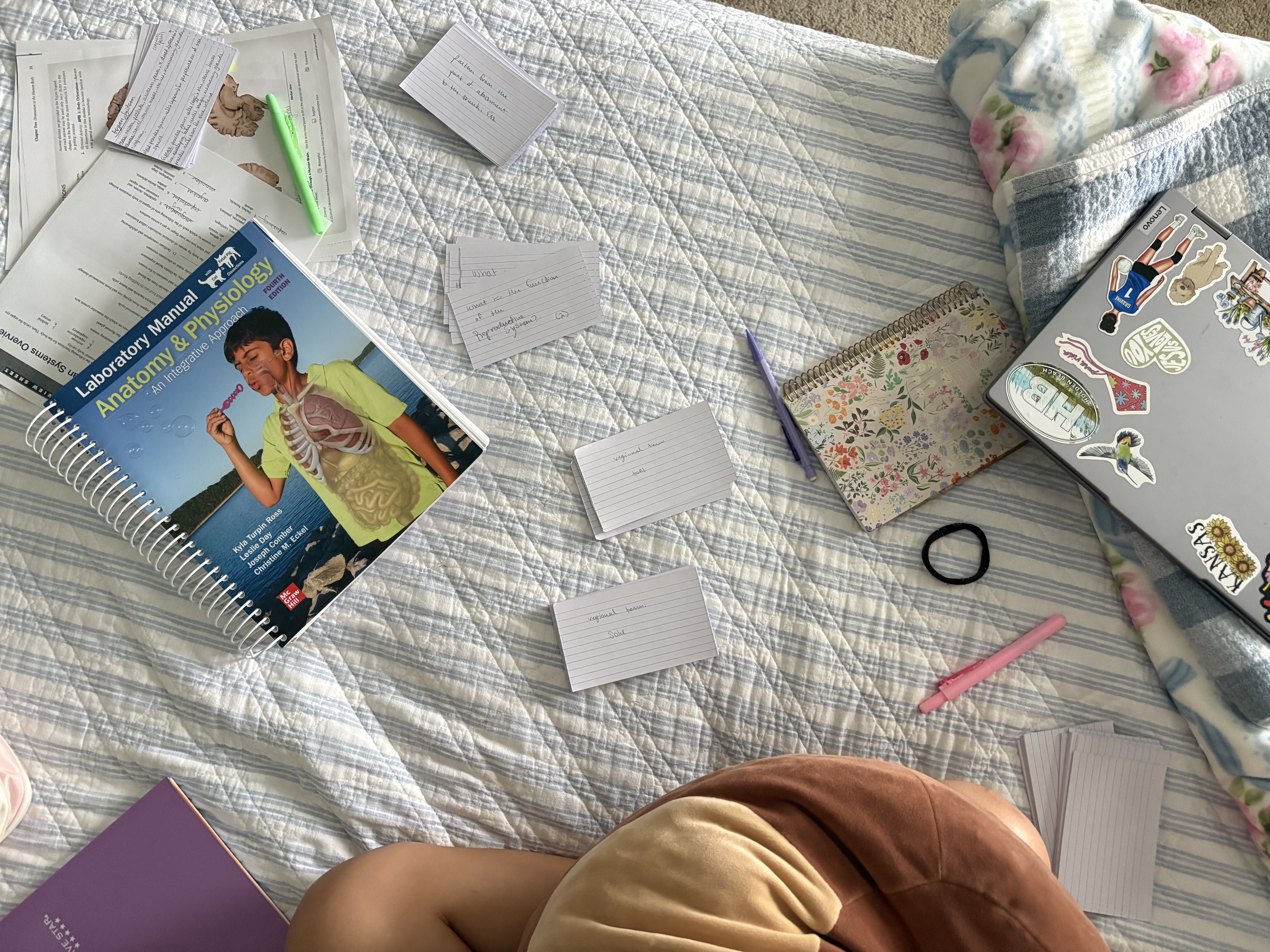
reproductive system
(2)M/F
MALE: provides germ cells (sperm) for continuation of species
FEMALE: provides germ cells (eggs); the female uterus houses the developing fetus until birth; mammary glands provide nutrition for the infant
